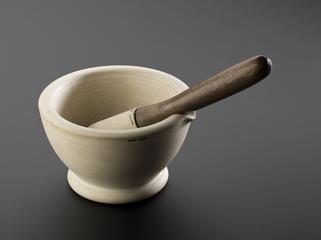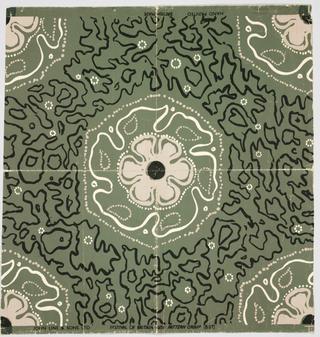
Ball and spoke model of diamond
- maker:
- Robert Wetmore
Crystal structure model - diamond
The structure of diamond was one of the earliest to be explained and was descried by W. H. Bragg and W. L. Bragg in the Proceedings of the Royal Society in 1913.
Using the Bragg X-ray spectrometer, spectra from a sample of diamond were obtained, from which the distance between successive planes of atoms could be determined according to the Bragg equation. Each carbon atom is bound tetrahedrally to four others in a face-centres cubic structure (one atom at each corner and in the centre of each face), with four additional atoms at the centre of four of the eight smaller cubes making up the main cube. This is the zinc blende structure. Analysis of Laue photographs confirmed this result. The strong tetrahedral bonds give diamond its non-metallic properties and hardness.
Details
- Category:
- Experimental Chemistry
- Object Number:
- 1965-260
- type:
- crystal structure model and ball and spoke model
- credit:
- Wetmore, Robert




